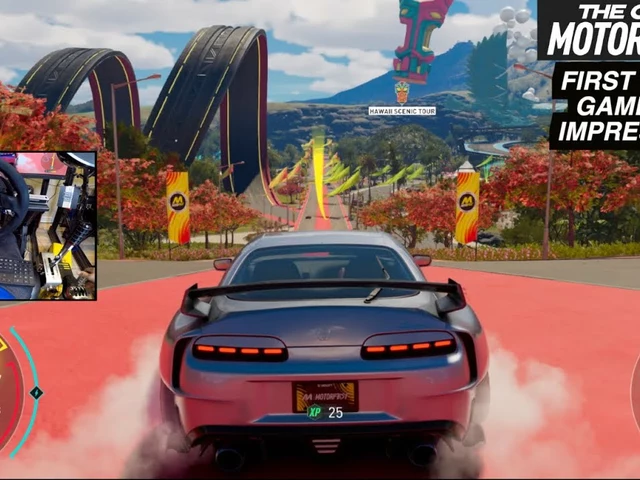Closed Circuit Racing: What You Need to Know
When you hear "closed circuit" you’re picturing a track that loops back on itself – a purpose‑built road where cars race lap after lap. It’s the playground for NASCAR, Formula 1, and countless club events. Knowing the quirks of a closed circuit can make watching or driving way more exciting.
How the Pit Crew Works on a Closed Track
Take a look at a NASCAR pit stop. In about twelve seconds a crew of eight grabs the old tires, slams on fresh ones, refuels, and the car is off again. Those air‑guns and hand‑rattles aren’t a show; they’re the result of endless practice so every second counts. On a closed circuit the pit lane is part of the race, and a fast stop can mean the difference between a podium and a mid‑field finish.
Mastering the Flying Lap on a Closed Circuit
A "flying lap" means you start the lap already at speed, aiming for the quickest possible time. In Formula 1 it’s used for qualifying: drivers cross the start line at full throttle, hit the apex, and try to shave off fractions of a second. The same principle applies to club racers – hit the racing line early, keep the car balanced, and let momentum do most of the work.
Want to practice without burning rubber? PC sims like Assetto Corsa deliver physics that feel almost real. The tire wear, grip loss on heated asphalt, and even the wind‑noise are modeled closely. Spend a few hours on a virtual closed circuit and you’ll notice how much smoother your real‑world laps become.
Choosing the right track matters too. Some circuits favor high‑speed corners, others are tight and technical. Look at the layout, count the turns, and think about where you’ll lose or gain time. Tracks with long straights let you test top‑end speed, while twisty sections reveal how well you manage braking and throttle modulation.
Safety on a closed circuit is built into the design – run‑off areas, tire barriers, and strict flag protocols. As a driver, always respect the flagger’s signals. A yellow flag means no overtaking; a red flag stops the race. Ignoring them not only endangers you but can cost you valuable points.
When you’re on the pit lane, remember the speed limit is usually 60 km/h (or the posted limit). Exceeding it can lead to penalties, and a penalty on a tight circuit often wipes out any advantage you earned on the track.
Finally, keep a simple routine for each lap: line‑up, brake, turn‑in, apex, and exit. Stick to it and adjust only when you see a clear gain. The more consistent you are, the easier it is to learn where the car wants to go on that particular circuit.
Closed circuit racing blends raw speed, precise teamwork, and strategic thinking. Whether you’re a fan watching from grandstands or a driver behind the wheel, understanding pit stops, flying laps, and track characteristics will up your game and make every lap count.



